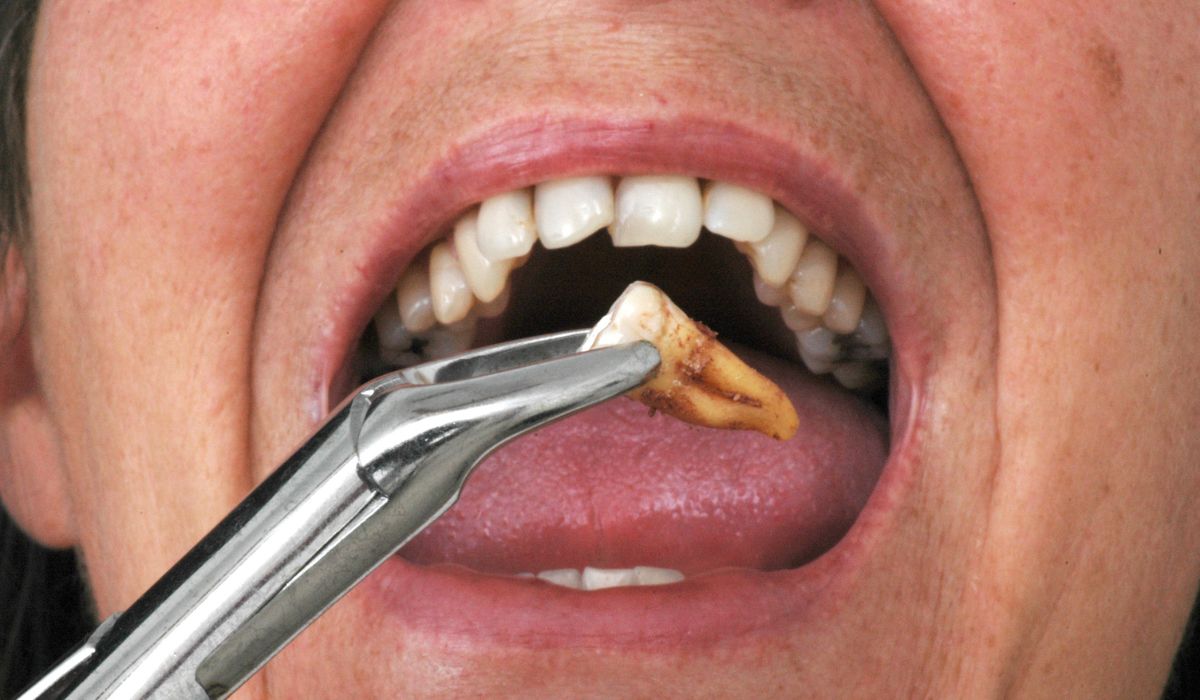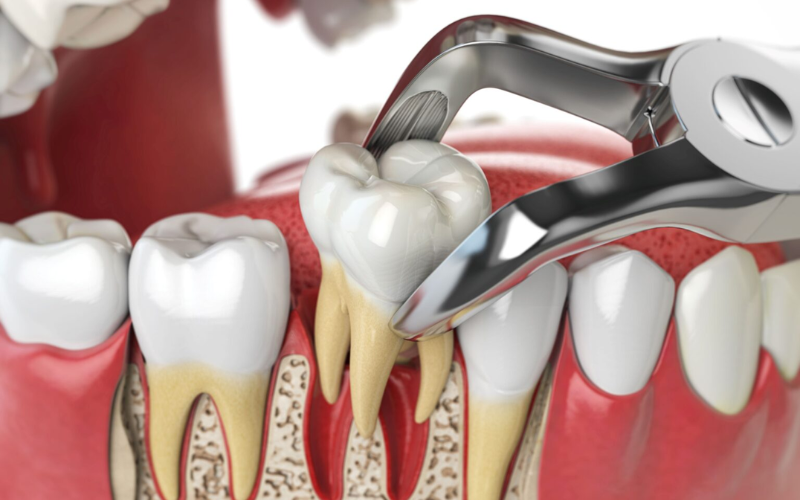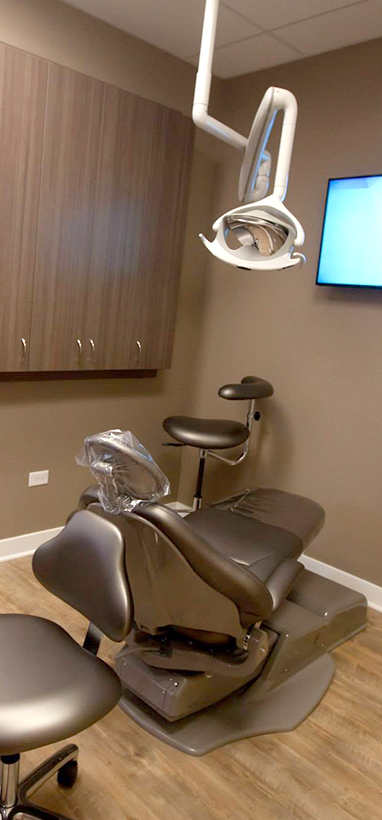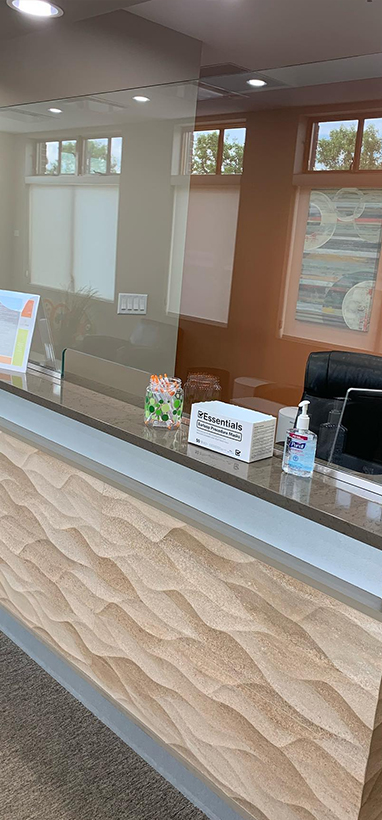1516 Legacy Cir, Naperville, IL 60563
Tooth Extraction: A Bridge to Renewed Confidence and Oral Health
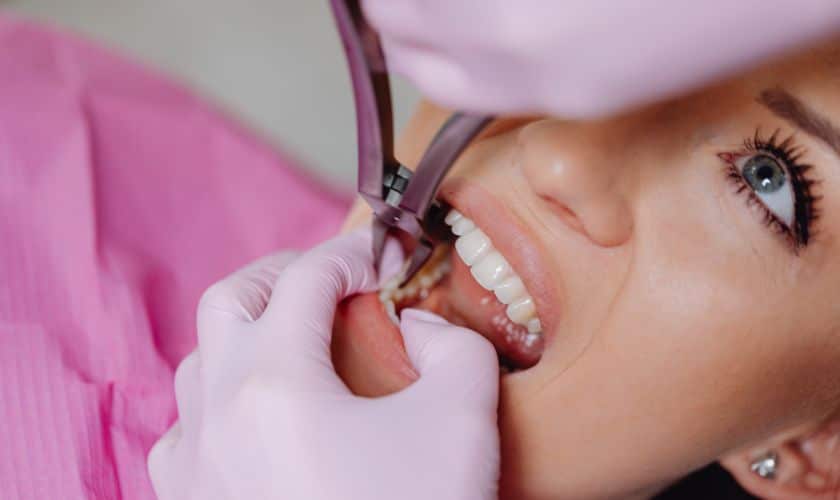
Welcome to the world of tooth extraction, where a bridge to renewed confidence and oral health awaits you. Whether it’s due to severe decay, infection, overcrowding, or trauma, tooth extraction is a necessary step towards a healthier and more confident smile. In this guide, we will explore the process of tooth extraction, the reasons behind it, and the benefits it brings. From relieving pain and preventing further complications to creating space for orthodontic treatment, tooth extraction plays a vital role in preserving your oral well-being. Let’s embark on this journey together and discover the transformative impact of tooth extraction. In this article, we’ll delve into the reasons for tooth extraction, the role of a Naperville dentist in the process, and how this procedure can ultimately lead to a healthier and happier smile.
Tooth Extraction Overview
Tooth extraction is a dental procedure that involves the removal of a tooth from its socket in the jawbone. It may be necessary due to various reasons, including severe tooth decay, gum disease, dental trauma, or overcrowding. During the procedure, the dentist numbs the area, gently loosens the tooth, and carefully extracts it. After the extraction, proper care and follow-up are essential for healing. Tooth extraction helps alleviate pain, prevent the spread of infection, and create space for orthodontic treatment or the placement of dental prosthetics. While it may sound intimidating, tooth extraction in Naperville, IL, is a common and important procedure that contributes to your oral health and overall well-being.
What Leads to the Necessity of Tooth Extraction?
Severe tooth decay: When a tooth is affected by extensive decay or cavities, and the damage is beyond repair with dental fillings or crowns, extraction may be the only viable option. This prevents the decay from spreading to neighboring teeth and causing further oral health issues.
Gum disease: Gum disease (periodontal disease) can lead to the destruction of the tissues supporting the teeth, including the gums and bone. In advanced stages, the affected teeth may become loose and require extraction to prevent the spread of infection and preserve overall oral health.
Overcrowding: In cases where there is insufficient space in the mouth to accommodate all the teeth, extraction may be required to create space for orthodontic treatment or to prevent misalignment.
Impacted wisdom teeth: Wisdom teeth, also known as third molars, often become impacted or partially erupted, causing pain, infection, or damage to neighboring teeth, necessitating extraction. In cases of orthodontic treatment, if there is insufficient space in the jaw for all the teeth, extraction may be necessary to create room for proper alignment. Additionally, sometimes teeth may become impacted (stuck in the jawbone) and need to be extracted to prevent pain and potential damage to nearby teeth.
Trauma or injury: Teeth that are severely fractured or damaged due to accidents or injuries may need to be extracted if they cannot be restored or repaired effectively.
Upsides of Tooth Extraction
Alleviation of pain and discomfort: Tooth extraction can provide relief from severe toothache or chronic dental pain caused by damaged or infected teeth. Extracting a severely decayed, damaged, or infected tooth can provide immediate relief from chronic pain and discomfort. Toothaches caused by advanced decay or infections can be excruciating, and extraction helps alleviate this pain effectively.
Prevention of infection: Extracting severely decayed or infected teeth helps prevent the spread of infection to other teeth or surrounding tissues. Infected teeth can lead to the development of abscesses, which are pockets of pus caused by bacterial buildup. Extracting the infected tooth stops the spread of the infection to other teeth and surrounding tissues, preventing further oral health complications.
Correction of overcrowding: Tooth extraction may be necessary to create space for orthodontic treatment, such as braces, to properly align the teeth and improve the overall bite. In situations where there is insufficient space in the mouth for all the teeth, extraction may be part of an orthodontic treatment plan to create space and achieve proper teeth alignment. This can result in a more aesthetically pleasing and functional smile.
Preventing Gum Disease Progression: In cases of advanced gum disease where the supporting structures of the teeth, such as gums and bone, are significantly affected, extraction may be necessary to halt the progression of the disease and protect neighboring teeth.
Enhancement of overall oral health: Removing problematic teeth can contribute to improved oral health, reducing the risk of future dental issues and promoting a healthier smile. By removing a problematic tooth, the risk of infections and other oral health issues is minimized, leading to better overall oral health. This can have positive effects on the surrounding teeth and gums as well.
Enhanced Quality of Life: Chronic dental pain and discomfort can significantly impact a person’s quality of life. Tooth extraction can restore comfort, allowing individuals to enjoy eating, speaking, and smiling without pain or sensitivity.
Tooth Extraction process
Dental examination: The dentist will thoroughly examine and take X-rays to evaluate the tooth’s condition and surrounding structures.
Anesthesia: Local anesthesia will be administered to numb the area around the tooth to ensure a comfortable and painless procedure.
Tooth removal: The dentist will use specialized instruments to carefully loosen and extract the tooth. In some cases, a surgical extraction may be required if the tooth is impacted or difficult to remove.
Socket preservation: After extraction, the dentist may perform socket preservation techniques to promote proper healing and prevent bone loss in the extraction site.
Post-operative care: The patient will be given aftercare instructions for the extraction site, including pain management, eating restrictions, and oral hygiene practices.
Follow-up appointment: A follow-up appointment with a Naperville dentist may be scheduled to monitor the healing process and address any concerns or complications.
FAQs about Tooth Extraction
1. Is tooth extraction painful?
The procedure is usually painless due to the administration of local anesthesia. However, some discomfort or soreness may be experienced during the healing process, which can be managed with prescribed pain medications.
2. How long does it take to recover from a tooth extraction?
Recovery time can vary depending on the complexity of the extraction and individual healing abilities. Generally, the initial healing takes about a few days to a week, but complete healing may take several weeks.
3. Can I eat normally after a tooth extraction?
Initially, it is recommended to stick to soft foods and avoid chewing on the extraction site. A gradual return to normal eating habits can be expected as healing progresses.
4. Are there any risks or complications associated with tooth extraction?
While tooth extraction is considered a safe procedure, there are potential risks such as infection, dry socket, bleeding, or damage to nearby teeth or structures. Following post-operative instructions and regular dental visits can minimize these risks.
5. Will I need a replacement for the extracted tooth?
Depending on the location and function of the extracted tooth, your dentist in Naperville, may recommend a dental implant, bridge, or other replacement options to restore the appearance and functionality of your smile. It is essential to discuss this with your dentist.
In the realm of dentistry, tooth extraction may seem like a daunting prospect, but it can be a crucial bridge to renewed confidence and improved oral health. When performed by a skilled Naperville dentist, tooth extraction in Naperville, IL, becomes a necessary step to address various dental issues effectively. Whether it’s severe decay, advanced gum disease, overcrowding, or impacted wisdom teeth, extraction can provide relief from pain, prevent infections, and pave the way for a healthier, more beautiful smile.
Embracing tooth extraction as a means to an end, rather than an end in itself, allows individuals to regain their self-assurance and enjoy the many benefits of excellent oral health. Remember, if you’re facing the possibility of tooth extraction, consult with a trusted Naperville dentist to chart your path towards renewed dental well-being and a brighter, happier future for your smile.



